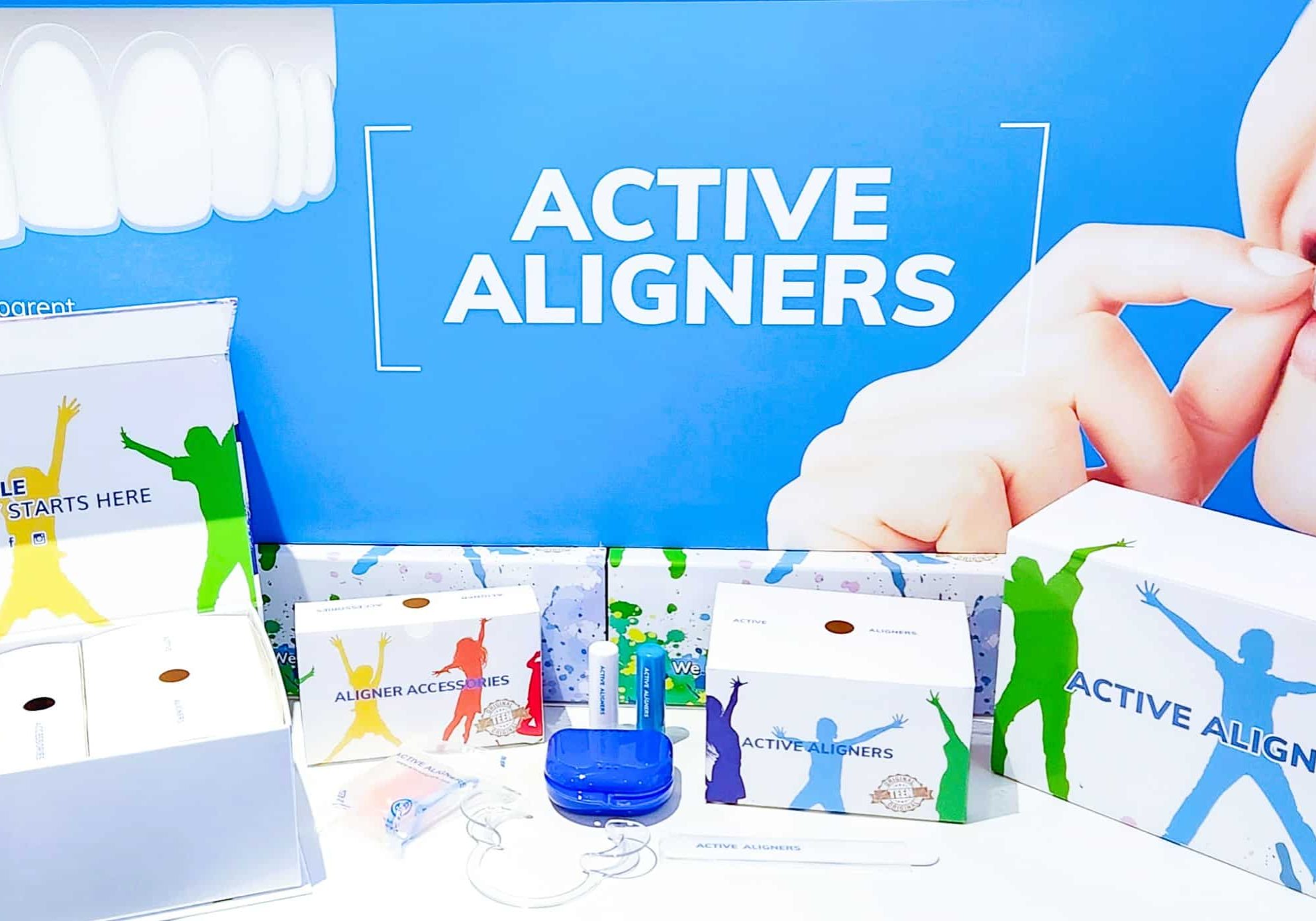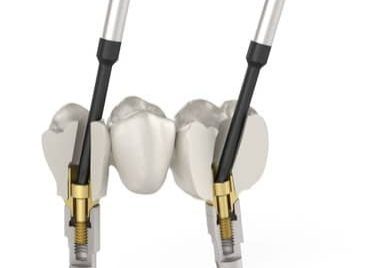“The results of any case are based on a good quality, correctly executed impression or an accurate digital intraoral scan.“
I always try to picture the poor technician having to make an excellent quality product using an impression with defects, voids or under-extensions. I used to phone him up and plead with him to ‘make it good’.
I realised this was a bad way forward and so started assessing my own techniques and not sending impressions off unless they were perfect. This was time consuming and technically demanding for me and my patients.
Impression Guidelines:
PVS Impressions:
- Ensure the impression tray is the correct size for the patient’s mouth (rear molars coverage)
- Overflow both ends of the tray to capture the distal of 2nd molars
- Before fully seating tray, take the lips and tongue out of the way
- Border mould by pulling around soft tissues close to their elastic limit will help to get rolled borders
Inspect the impressions for:
- Air bubbles, double impression, missing anatomy, push through, or blended tooth and gingiva
- Ensure that you have between 2mm and 4mm of gingival tissue captured on the impression
- Re-take any impressions with defects or visual voids
THINK:
How can you make your technician’s job easier?
ACTION:
Ask them to assess your impressioning abilities
Buying an intraoral scanner doesn’t solve all your problems straight away. However, after a few weeks of perfecting my scanning technique, my scans became usable every single time without having to ask my technician to ‘make it right somehow’.
Digital Impression top tips:
-
- Capture 2mm to 4mm of gingival tissue
- Follow the manufacturer’s guidelines for ortho/arch scanning
- Accurate bite with the patient in centric occlusion (do not allow patient to bite edge-to-edge).













